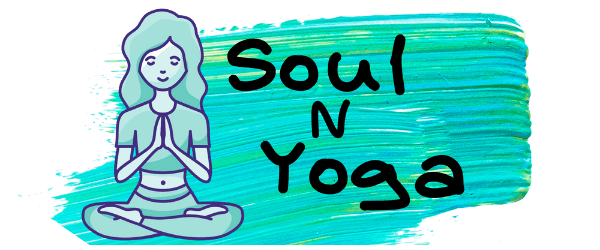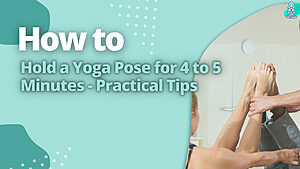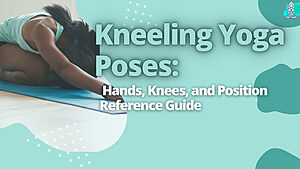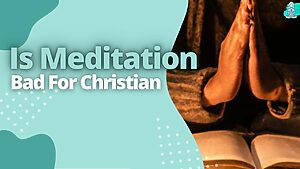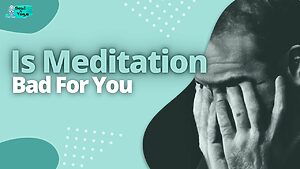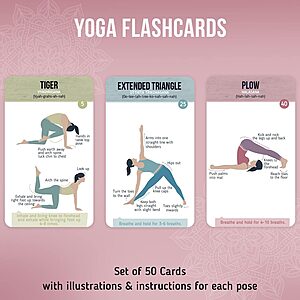When I started meditating, I often saw my face staring back at me. I wasn’t sure what it meant or why it was happening, but it was a bit disconcerting.
After researching, I discovered this is a fairly common phenomenon among meditators.
In this blog post, I will explore the possible reasons why we see our faces when we meditate.
So if you’ve ever wondered, “Why do I see my face when I meditate?” read on for some possible explanations.
Key Takeaways
- Meditation is a state of mental and physical relaxation where the individual becomes more aware of their thoughts and feelings.
- In some cases, people may see visions or images during meditation, including images of themselves.
- Several possible explanations exist for why someone might see their own face during meditation, including symbolic self-reflection and accessing subconscious memories.
- However, it is also important to remember that not everyone experiences visions during meditation and that this is normal.
- If you are concerned about seeing visions during meditation, speak to a qualified teacher or health professional who can offer guidance.

Here’s The Answer To Why Do I See My Own Face When I Meditate
One reason is that when we meditate, we turn our attention inward. We no longer focus on the outside world and its distractions. Instead, we are focusing on our breath and body.
This can cause us to see our faces because we are used to seeing them in our everyday lives. Another reason is that meditation can help us to access our intuition.
When we quiet the mind, we can hear our intuition’s whispers more clearly. This can lead us to see our faces because it is a way for our intuition to get our attention.
The last reason is that we open up the mind’s eye when we meditate. This is the part of us that sees beyond the physical world and into the spiritual realm.
As we open up this part of ourselves, we may start to see visions, including our faces. So why do you see your face when you meditate? It could be for one of these three reasons or all of them.
When You Meditate, Your Brain Enters A Theta State
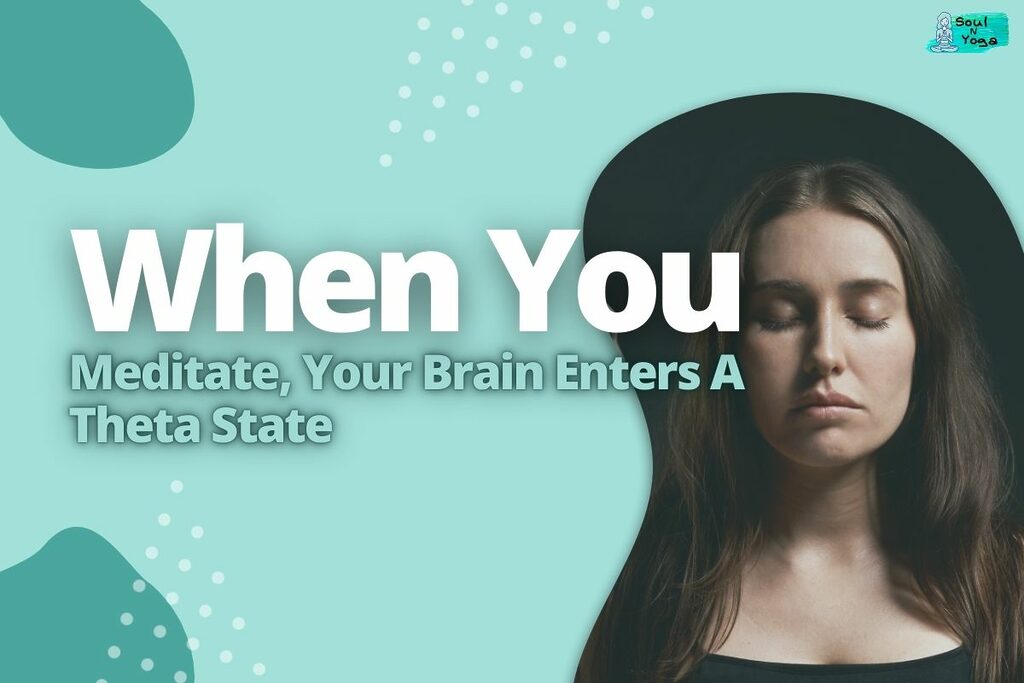
As you meditate, your brain enters a Theta state. Theta state is one of seven levels of consciousness identified by the Monroe Institute—a nonprofit organization dedicated to personal growth and research into altered states of consciousness.
It’s also known as the “gateway to creativity,” according to the institute. It helps people feel more relaxed and focused, promotes deep sleep and improves memory retention.
In other words: You’re getting into some pretty good stuff here.
In This State, Your Brain Waves Are Very Slow
One of the key things that happen in meditation is that your brain waves slow down. This change can lead to a state of relaxation and focus.
Brainwave entrainment is a well-known technique used by meditation teachers to help people fall asleep or reach other states of consciousness.
It works by matching the frequency of an audio or video stimulus to the brainwaves of people trying to achieve a specific goal, like being more relaxed or calm.
In this state, your brainwaves are very slow, which makes it easy to get into a meditative state.
You Are In A Deep State Of Relaxation
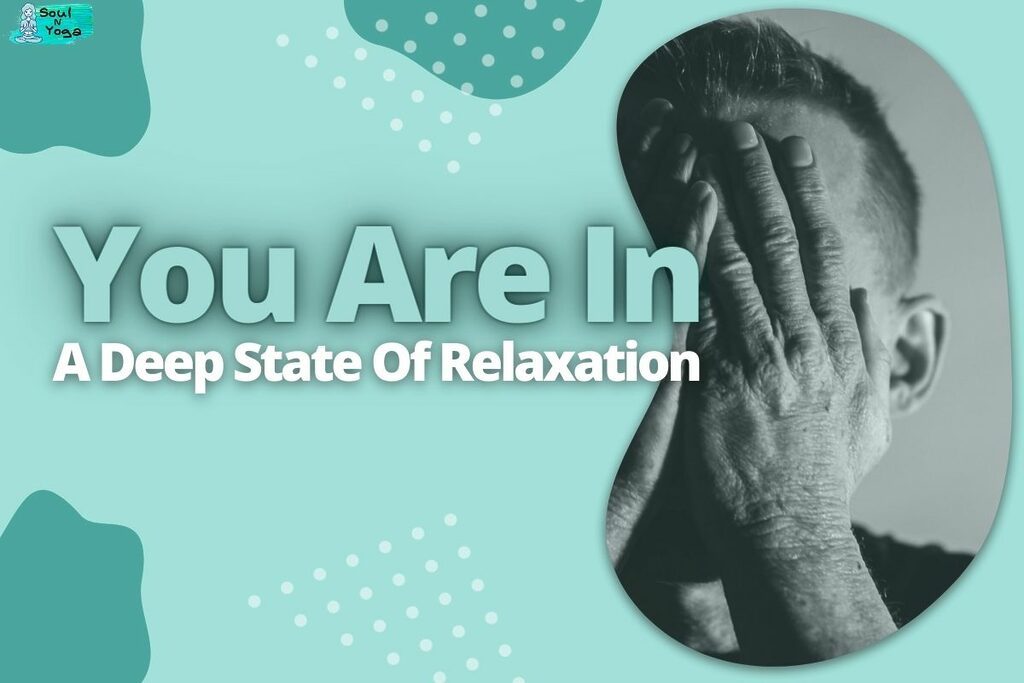
The first thing to keep in mind is that your eyes are open, and you are not sleepy. You’re still awake but in a state of deep relaxation. Your body is relaxed, but your mind is just as lively as ever.
This is a state of calmness and peace that can be achieved through meditation—a state you can achieve even if you’ve never meditated before.
This may seem difficult at first because it’s so easy to fall asleep while trying to relax or meditate on purpose (especially if there’s anything remotely interesting happening around you).
But once you get into the habit of relaxing regularly with controlled breathing exercises, it will become easier over time.
Your Subconscious Mind Is More Accessible
The first step to accessing your subconscious mind is understanding what it is. Your subconscious mind is the part of your brain that stores all your memories and emotions.
It’s also called the unconscious or subliminal self because it controls automatic functions like breathing, heart rate, digestion and other bodily processes you don’t consciously control.
The subconscious mind operates independently from the conscious part of your brain, which means if you’re thinking about something while meditating (for example: “How much longer?”), those thoughts will disappear as soon as they come into view.
They’ll be processed by this section of the brain but won’t stop you from reaching a state of relaxation where deep meditation takes place.
You May See Images That Represent Your Subconscious Thoughts
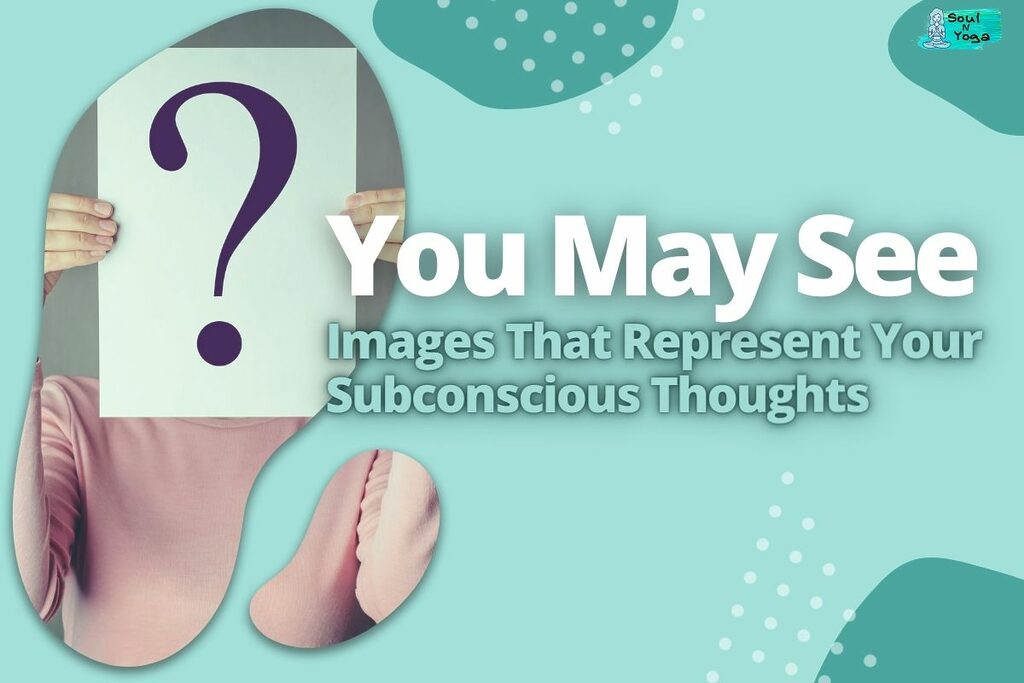
It’s not uncommon to see images representing your subconscious thoughts when you meditate.
The images may be a sign of something you need to work through, and they could be related to the work at hand, or they may simply reflect what’s going on in your mind.
For example, suppose you’re looking for a new job. In that case, you might see an image representing the right job for you—even if it’s not one that was even on your radar when you started meditating.
One Common Image Is Seeing Your Own Face
Seeing your own face can be a sign of many things. The most common image people see when they meditate is seeing their own faces, which may signify that they are overthinking or trying too hard to get somewhere.
When meditating, it’s important to let go of all thoughts and allow yourself to be in the moment.
When this happens, it can cause stress because it means something is happening internally within you and outside of your control. Hence, it’s not easy for most people who are used to being in control at all times.
This feeling is why people sometimes see their own faces when they meditate; they feel like something inside them is changing, but they don’t know what it means yet.
If you’re struggling with meditation and seeing your own face come up often during sessions (which I’ve found happens quite often), try asking yourself these questions: Why do I see my own face? What does this mean about me? Do I like what’s happening right now? How does this relate to my life today?
What Does It Mean To See Your Own Face When You Meditate?
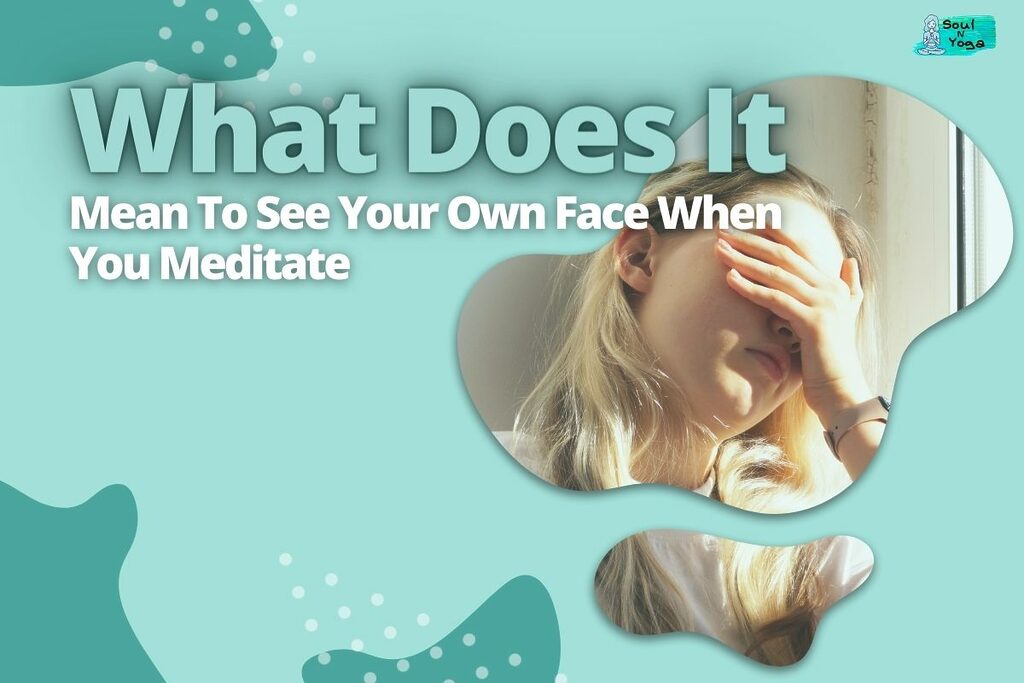
Seeing your own face when you meditate is a normal and common occurrence. It can signify that you are deeply relaxed and more in touch with your subconscious mind, which is a good thing.
Your subconscious is like your brain’s hard disk.
It stores all of the information you’re unaware of—like how to ride a bike or remember someone’s name—but it also contains thoughts and feelings we don’t consciously acknowledge, such as anxiety or depression.
When we allow ourselves to relax deeply during meditation, our subconscious thoughts can become more accessible.
Suppose I ever see my face when I meditate. In that case, it almost always means there’s something I need to work through emotionally before I continue with my practice or day-to-day life.
Is It Normal To See Your Own Face When You Meditate?
Yes, it is normal to see your own face when you meditate. It’s a sign that you are relaxed and more in touch with your subconscious mind.
Suppose you see your own face during meditation, and it’s causing distress or anxiety. If so, it can mean that you need to focus on calming down or developing stronger meditation techniques.
It is also a sign of theta brain waves or deep relaxation.
Conclusion
In conclusion, it’s important to note that seeing your own face when you meditate is not a sign of anything. However, if you’re concerned or curious about what this might mean, I recommend talking with a professional therapist or counselor.
When you meditate, you may find that your mind wanders and start thinking about all sorts of things. This is normal! But sometimes, people report seeing their faces when they meditate. Why does this happen?
There are a few possible explanations. It could be that you’re simply more aware of your thoughts and feelings when meditating. When your mind is quiet, and still, you may notice things about yourself that you didn’t before.
It could be a sign that you’re too focused on yourself. Meditation is supposed to be about letting go of your thoughts and feelings, not obsessing over them.
If you’re constantly seeing your own face when you meditate, it might be a good idea to try focusing on something else, like your breath or a mantra.
Frequently Asked Questions
How can I start practicing meditation if I’m unfamiliar with the concept?
Start by reading or watching meditation tutorials or videos. Once you have a general understanding of the practice, try starting with shorter meditation sessions and see how you feel afterward. If it feels too difficult to focus for long periods, start with shorter meditations that are more easy-going and relaxed.
Is it possible to develop a habit of meditating if I’m not comfortable with the idea of seeing my own face in meditation?
Suppose you’re not comfortable with the idea of seeing your face during meditation. In that case, starting with shorter sessions might be a good idea and working your way up.
Can anyone benefit from practicing meditation, regardless of their spiritual beliefs?
Yes! Meditation is good for your general health and can help people of all faiths and beliefs.
Could meditation make you see things that aren’t there?
You might see things that aren’t there during meditation, but this is usually only temporary. If it becomes a problem for you, try focusing on something else during meditation sessions.
My name is Mugen Seki, and I’m a painter and yoga enthusiast who is passionate about bringing together art and exercise in ways that help people connect with their inner selves. When I’m not painting, I’m practicing yoga. And when I’m not doing either of those things, I’m usually thinking about them.
- How to Hold a Yoga Pose for 4 to 5 Minutes – Practical Tips
- A Guide to Finding the Perfect Yoga Mat for Carpet Floors
- Kneeling Yoga Poses: Hands, Knees, and Position Reference Guide
- Is Meditation Bad For Christians (The Surprising Answer)
- Is Meditation Bad For You (Don’t Believe Everything)
- Will I Get Better At Meditation (Understand The Secret)
